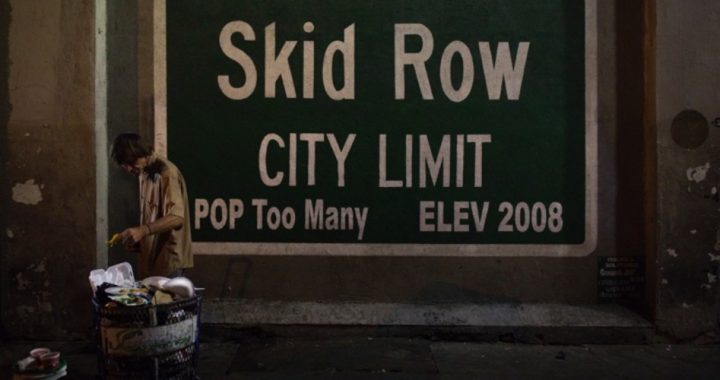
Typhus is a disease born of filth, most commonly spread by contact with the feces of fleas. It is most often reported in the third world or places such as POW camps where hygiene is of little concern. Last year, Los Angeles County reported a record 124 confirmed cases of the disease, enough to be classified as a full-blown outbreak. So far, in 2019, more than 50 cases have been reported.
The reason? Fleas are attracted to rats and rats are attracted to huge piles of food-waste infused garbage, like the ones that currently litter vast portions of downtown Los Angeles. The overburdened sanitation department does the best it can, but it simply doesn’t have the manpower necessary to keep up with the gigantic piles of filth that spring up quickly and are left to grow and rot for months at a time.
A spokesperson for the city’s Department of Public Works reports that the current backlog for trash pickups around the city’s homeless encampments stands at approximately 8,400, with an average of six calls per site.
“If it’s a homeless encampment, it’s a lengthier process because humans are involved and we have to meet certain protocols,” said Elena Stern of the Department of Public Works. Those protocols include a survey of who’s there, inventorying personal property and providing a notice of clean-up.
So, clean up is often postponed because of bureaucratic nonsense.
“Trash and food waste attract rats,” said Dr. Jeffrey Klauser, a professor of medicine, specializing in infectious diseases at UCLA. “It does pose a public health risk.”
Long acknowledged as the homeless capital of America, the city’s Skid Row district is the epicenter of the trash problem. “Skid Row is the worst it’s been from a sanitation perspective and a safety perspective and a humanitarian perspective,” said Estela Lopez, the executive director of the Downtown Industrial District BID. “It’s easy for me in the cheap seats to say what should or shouldn’t be done, but as a native Angeleno I feel that our city looks and feels mismanaged. When you take the oath to become a mayor or a City Council member, your job is to run this city. It’s to manage this city.”
One of the city’s most notorious trash piles is located on Ceres Avenue between the fashion district and the produce district in Downtown Los Angeles. Known as the “Typhus Zone,” the area has become a trash magnet. When KNBC Channel 4 in Los Angeles confronted Mayor Eric Garcetti about the situation last October, Garcetti acted shocked, saying, “It’s disgusting and unacceptable.” The city’s sanitation worked quickly to clean up the pile, but Channel 4 kept tabs on the situation and reported four months later that the pile had grown again to at least the same size it was before. Again, the area was cleaned up in short order.
Does Mayor Garcetti only act when the media gets involved?
When your city has an area known as the “Typhus Zone,” shouldn’t bureaucratic red-tape and the “protocols” that the LA DPW speaks of be streamlined in some way?
The homeless population of the area are large contributors to the fetid mountains of waste in L.A. but they are not the only suppliers of trash. In fact, they may not even be the biggest contributors.
Many businesses of the area are illegally dumping trash on the piles that often extend into the street and disrupt the traffic flow. Businesses break the law like this out of both convenience and because the city has switched to a new recycling system that essentially gives monopolies to waste removal companies in certain areas. With only one company allowed to service certain areas, competition has been killed among refuse companies, in some instances raising the price more than three times what it was previously.
Some businesses even pay homeless persons to do their dumping for them.
According to Stern, the higher recycling fees may be a small factor in the increase of trash, but many business owners never participated in the recycling program and have a history of dumping their waste in portions of the city that have become de-facto landfills.
The saddest part of all of this is that there are actual people living among these foul-smelling trash infested streets — among the fleas, the rats and the rotting piles of garbage.
The garbage problem in Los Angeles calls for an all-hands-on-deck approach, devoid of niceness and bureaucracy. An army of sanitation workers, preferably donned in hazardous materials gear, giving the areas affected a good cleaning, followed by increased monitoring of those areas. Stiff fines and sentences for illegal dumping need to be imposed and violators must be prosecuted. This is a problem in which a government entity can actually have a positive impact.
Unfortunately, leftist Mayor Garcetti and the leftist City Council lack the will or intestinal fortitude for such actions. Their so-called compassion for the homeless population prevents any true solution to the problem.
Perhaps, the waste problem in Los Angeles is a bit of poetic justice. After all, the town’s movie industry has been polluting the culture for decades. Maybe the culture is simply responding in kind.
Photo: AP Images




